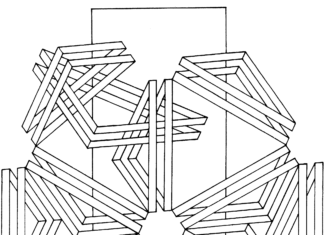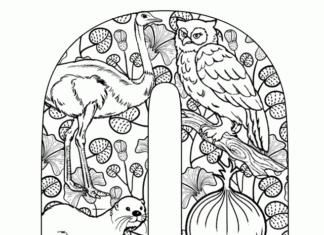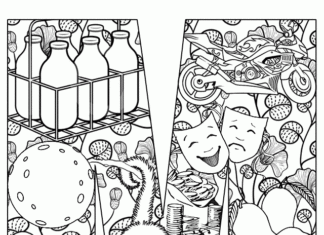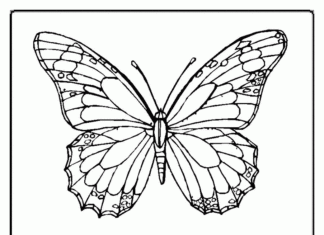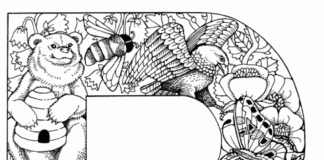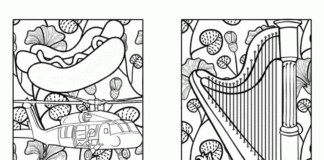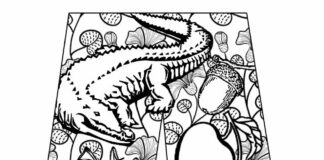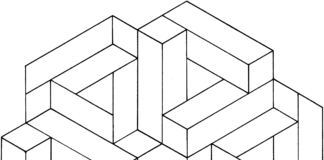Optical illusion is a phenomenon that misleads our visual senses, leading us to perceive images or objects in a way that differs from reality.
Optical Illusion Coloring Book
information
- The cause of the illusion: Optical illusions result from the fact that our brain interprets the visual signals it receives in a subjective manner. Sometimes the brain can misinterpret shapes, colors, perspective and other aspects of an image, leading to a perception that differs from reality.
- Illusion effects: Optical illusions can produce effects such as changing the size or shape of objects, movement, color changes, and apparent three-dimensionality in two-dimensional images.
- Different types of illusions: There are many different types of optical illusions, such as perspective illusions, color illusions, motion illusions, geometric illusions and many others. Each type misleads our senses in a different way.
- Significance in psychology: Optical illusions are an interesting area of research in cognitive psychology. Researchers are analyzing how and why our brains create illusions and the cognitive processes behind them.
- Artistic effects: Artists often use optical illusions in their works to create the impression of movement, three-dimensionality or other effects that engage the viewer.
- Impact of context: Sometimes what our eyes see is strongly dependent on the surrounding context. The environment or surrounding elements can affect how we perceive an image or object.
- Cognition vs. illusions: Even if we know we are seeing an illusion, our brains can still mislead us by creating strong illusions.
- Impact of shape and lines: Often illusions are based on manipulating shapes and lines so that our eyes interpret them in a way that deviates from reality.
- Application in art and design: Optical illusions also have practical applications in art, design and advertising, where they can attract the viewer's attention and give the work a unique character.
- Fun of the mind: Optical illusions show how complex and flexible our minds are in the process of interpreting and analyzing what we see. They often provide a fascinating way to explore our perception and cognitive processes.
trivia
- Ruby's Vase: This is one of the popular optical illusions, in which two different realities are seen in one image. Looking at the drawing, one can see either two faces facing oppositely or a vase.
- Illusions of color: Optical illusions often use color contrast, which can lead to the perception of colors that do not exist in reality. A good illustration is the illusion of "squares A and B," where, despite the color difference, square A and B are actually the same shade of gray.
- Illusions of motion: Some optical illusions suggest movement, although the image is static. One example is the "Hermann illusion," in which black dots on a white background appear to move, although they are actually stationary.
- Three-dimensional illusions: These illusions create the appearance of three-dimensionality on a flat surface. "Penrose illusion" is an example of such an illusion, in which geometric figures appear impossible to exist in three dimensions.
- The Thatcher Face effect: This is a phenomenon in which inverted faces appear normal when viewed upside down. When we turn them to their correct position, the faces appear distorted.
- Anamorphic illusions: These are illusions that look distorted or chaotic until you look at them from the right angle or distance. They are often created on sidewalks or walls, creating seemingly three-dimensional images.
- Adaptation illusions: Long-term visual focus on one object can lead to temporary distortions or changes in the perception of other objects. This is known as the adaptation effect.
- Illusions that disrupt contours: These are illusions that use a shuffling of contrasting colors or patterns to confuse the perception of shapes or contours.
- Moire effect: This effect occurs when patterns or lines are close together, and our brain perceives vibrations or shifts that do not exist.
- Optical illusions vs. the brain: Research on optical illusions provides insights into how the brain processes visual information and how different brain regions work together to create our perception of reality.

